Calke Park Tunnel
Calke Park Tunnel


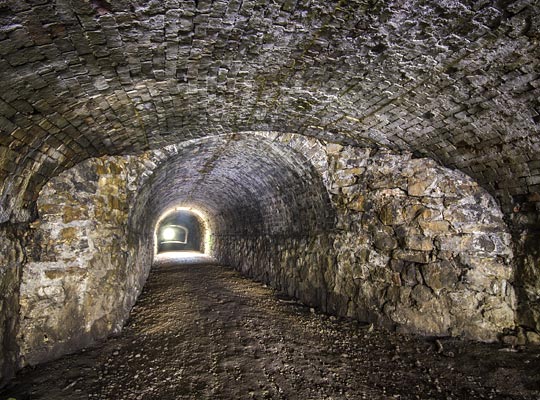
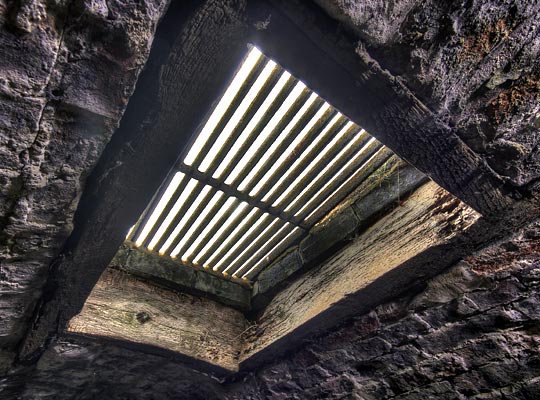
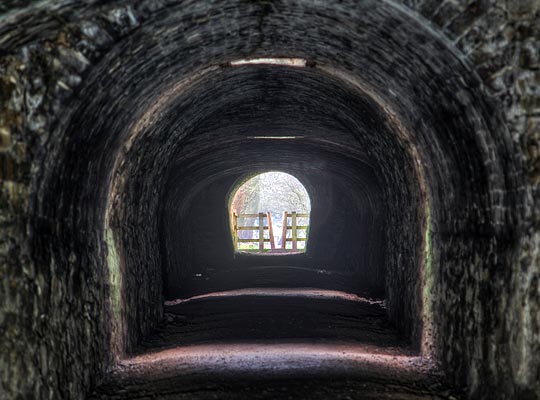
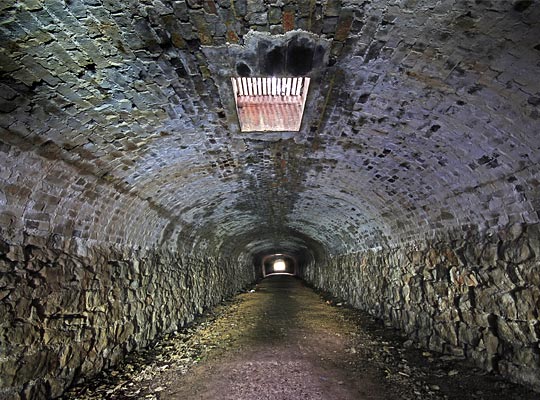
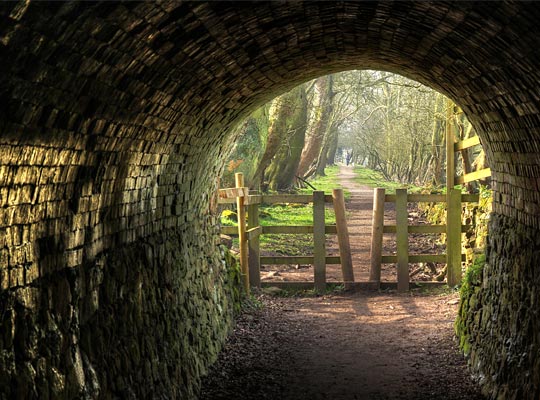
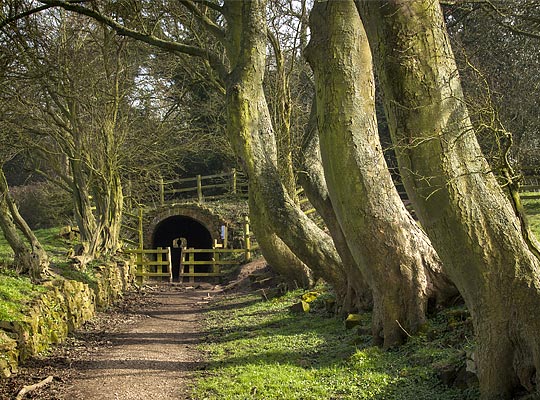








Opened in 1804, the Ashby Canal formed a 31-mile connection between the Coventry Canal at Bedworth and the mining districts around Moira. Towards its northern end several tramways were constructed to serve local colleries, canal spurs deemed too expensive due to the cost of providing the necessary locks.
One of these routes, a product of renouned Derbyshire engineer Benjamin Outram, headed to Ticknall. Opened in 1802, it connected local brickyards and lime quarries with the canal at Willesley Basin, taking the form of a 4 feet 2 inch gauge plateway with angle iron rails set on rough limestone sleepers. Many of these remain extant throughout its 12½-mile length. The wagons – which also carried coal and other goods – were hauled by horses.
Two tunnels helped to navigate the estate of Calke Abbey: Calke Park at 138 yards and a shorter bore of around 51 yards at Basfords Hill. The former allowed the tramway to pass beneath the abbey’s carriage drive. Built using ‘cut and cover’ techniques, it is only just below ground level; this allows three openings to be incorporated in the crown, letting light in. Lined predominantly in blocks of dressed millstone grit, the tunnel’s profile varies considerably but measures no more than 8 feet high and 12 feet wide. Sections of brick arch are apparent close to both entrances.
The tramway was officially closed in September 1915 although it had last been used on 20th May 1913. For several years previously, only an annual Parliamentary train had been operated, in order to preserve the running rights.
Much of its route can still be traced today. Unsurprisingly, the tunnel fell into a state of disrepair over the years that followed. However it benefited from restoration work by the National Trust in 1995 and it has since had a footpath threaded through it.







